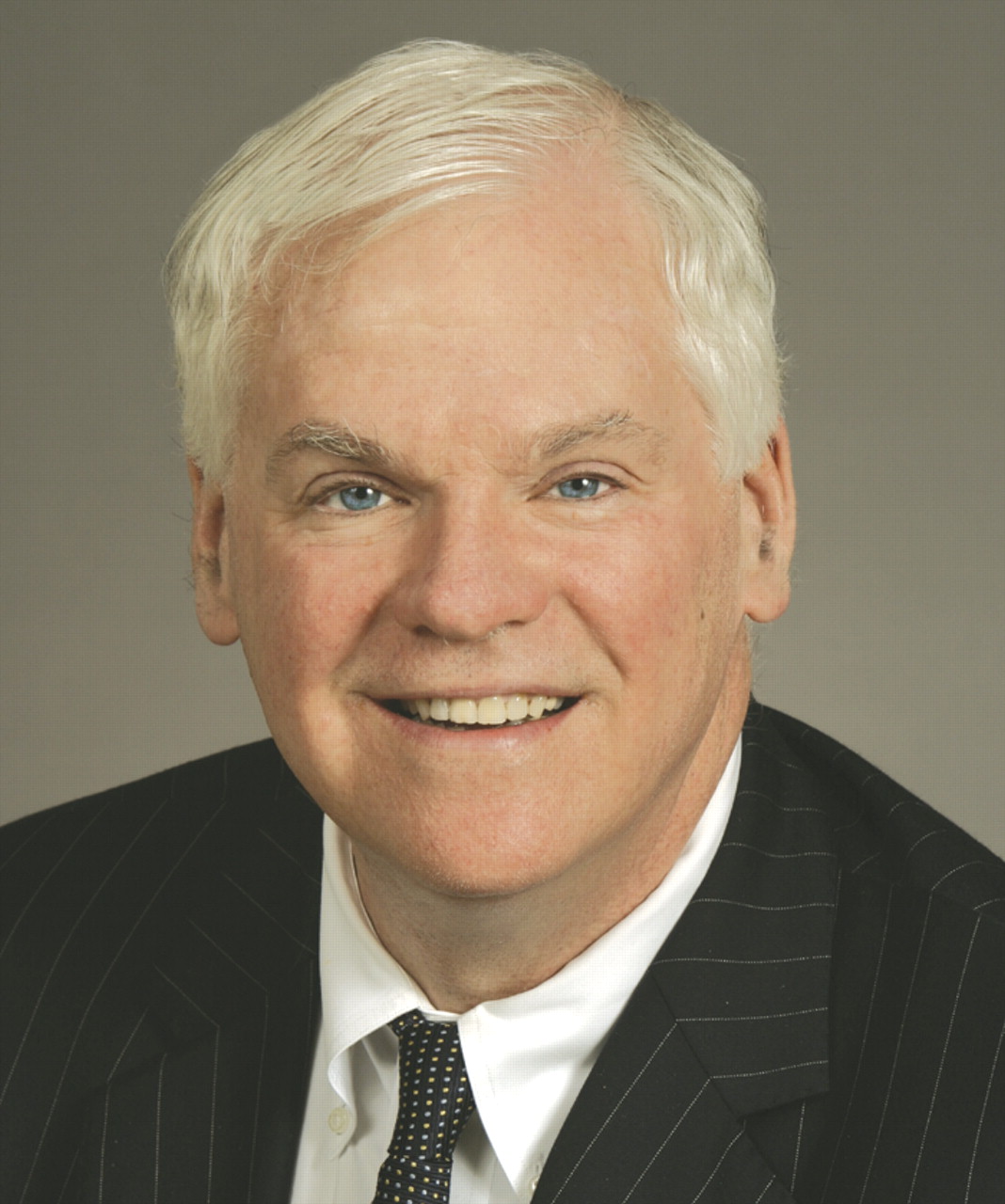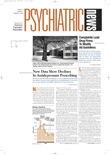The Association's new auditors, BDO Seidman, recently presented the 2004 Audit Report to the Board of Trustees and its subsidiaries. I am pleased to inform you that APA's financial condition is its strongest in many years. We received a clean, unqualified opinion with no reported conditions of internal control weaknesses. In its report to the Audit Committee, BDO ranked our finance staff, under the leadership of Chief Financial Officer Therese Swetnam, Ph.D., in the top five of their nonprofit clients.
Like other organizations, the Association faces uncertain times—and has for several years. Revenue streams such as publications, dues, and the annual meeting are largely dependent on decisions and events outside the Association's control. We can rely on a steady level of advertising, membership, and registration receipts, but annual meeting location and the ebb and flow of drug introductions and patents affect a significant portion of our revenue stream, causing swings of up to $5 million from year to year. At the same time, expenses, such as staff insurance benefits, travel, and printing costs, continue to rise. This creates interesting financial management challenges as I work, along with staff and APA leadership, to ensure we end the year on budget (or better).
Thus, I am pleased to report that 2004, like the two prior years, ended with an operational surplus. In 2002, APA had a surplus of $1.2 million—a result of strong financial controls and close monitoring of finances. Pursuant to instructions from the Board of Trustees, all of the surplus was put back into Board-designated funds. In 2003, we had a surplus of $10.8 million, predominantly due to net income from the annual meeting, a great year for publishing, and an increase in member-dues receipts exceeding budget projections. Last year was another solid one for APA. An operational surplus of $10.3 million was again due to the popularity of New York as an annual meeting site, strong advertising receipts, and increased membership. Investment income in 2003 and 2004 also contributed. The surplus in these years was put into the reserves.
As of December 31, 2004, APA had total assets of $65 million, of which $33 million was held in long-term investments, an increase of $6 million over 2003. The growth is due to market activity ($2 million) and a strong cash position, which enabled us to transfer monies out of the operating accounts and into the long-term portfolio. Cash liabilities remain low, at $5.5 million. As of December 31, 2004, APA's unrestricted funds were $42.7 million, or 83 percent of operating expenses, compared with a 50 percent industry benchmark. Some of these funds are set aside for future development of the DSM and to fund the association management system.
In 2001, to strengthen the organization's financial condition, the Board established a Reserve Replenishment Fund equal to 40 percent of operating expenses. As of December 31, 2004, this fund had a balance of $8.9 million, and $2 million of the 2004 surplus was added to it in early 2005, which brought it to 21 percent of operating expenses.
The Board has said that all future surpluses will be transferred into this fund until it reaches the 40 percent target. This is very important, because, as mentioned earlier, our revenue streams are not something we can always control.
Approximately 86 cents of every dollar collected is invested in current and future programs, such as the Business Initiative, Advocacy Day, and OMNA on Tour. This is a relatively high ratio of programmatic funding. General and administrative expenses, including those for fundraising and governance, take only 14 cents of every dollar received.
The positive financial picture is a result of steps taken to build a financial infrastructure and increase collaboration between member and staff leadership. The following are some of the steps taken to achieve this result:
•
In late 2000, the auditors issued a management letter for audit year 1999, citing 44 instances of weak internal controls. The most recent management letter, for audit year 2004, identified no material weaknesses in internal controls.
•
Financial records are kept and statements are prepared in accordance with generally accepted accounting principles and are audited by a national audit firm annually.
•
As part of the annual audit, the auditors review intercompany transactions to ensure transfers between entities (APA, American Psychiatric Publishing Inc., American Psychiatric Institute for Research and Education, American Psychiatric Foundation, and the political action committee) are properly accounted for and documented.
•
In late 2001, the Board established the Financial Oversight Committee to work with management to monitor monthly financial activity and make recommendations for mid-course corrections as needed.
•
Detailed financial results are shared regularly with the Board and Assembly, and 990 tax returns, summary financial information, and minutes of the Financial Oversight Committee are posted in the Members Corner area of the APA Web site at<www.psych.org/members/index.cfm?>.
•
In recent years, the following decisions reduced the reliance on the Association's reserves to balance the budget:
•.
Investment income is no longer budgeted as a source of funds and is returned to the reserve.
•.
Income from the land fund is returned to the fund and no longer transferred to operations.
•.
No new above-budget spending can be approved until a source of funding is identified to support it.
•
In addition, several steps were taken to replenish the reserves:
•.
At least $600,000 is included in the annual budget to replenish the reserves.
•.
Transfers from the DSM fund are limited to those that are needed to support the development of DSM-V and to fund internal service charges.
•.
All operating surpluses are automatically transferred to the Reserve Replenishment Fund at the end of each year.
APA begins each year with a balanced budget, has a contingency plan for unforeseeable circumstances, and has ended each year since 2001 in the black. As a result, the Reserve Replenishment Fund has grown from a negative balance in 1999 to $11.4 million in 2005, and we have created a short-term investment fund with a balance of $10 million.
The current financial picture is as strong as it has been in many years and provides a firm foundation for the future. We look to the Board, Assembly, components, district branches and state associations, and staff to work together to build on these results, but also to recognize the inherent unpredictable nature of the annual surpluses. As such, we remain cautiously optimistic in our outlook. ▪

